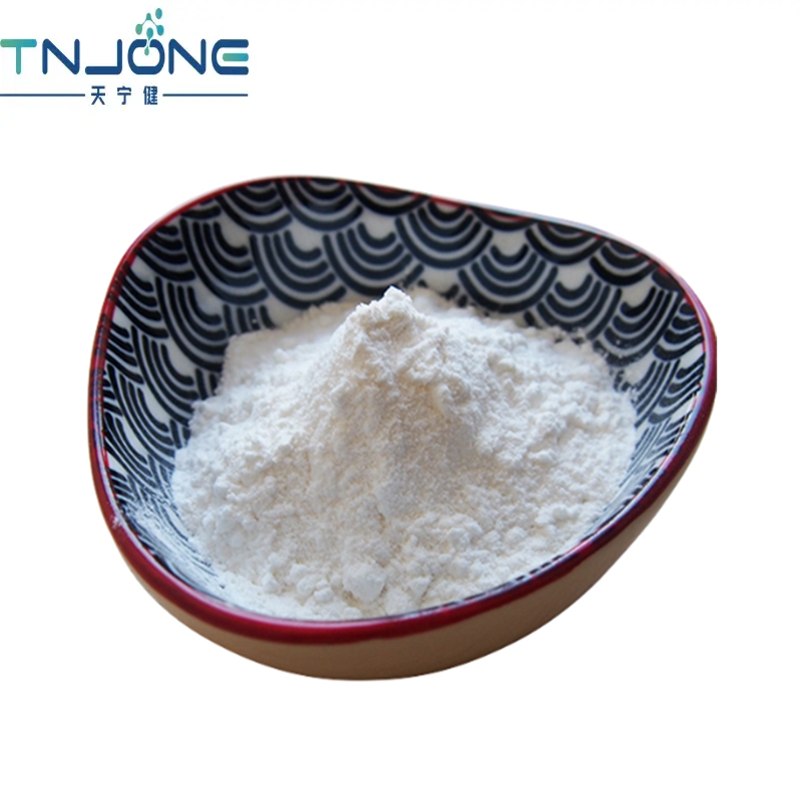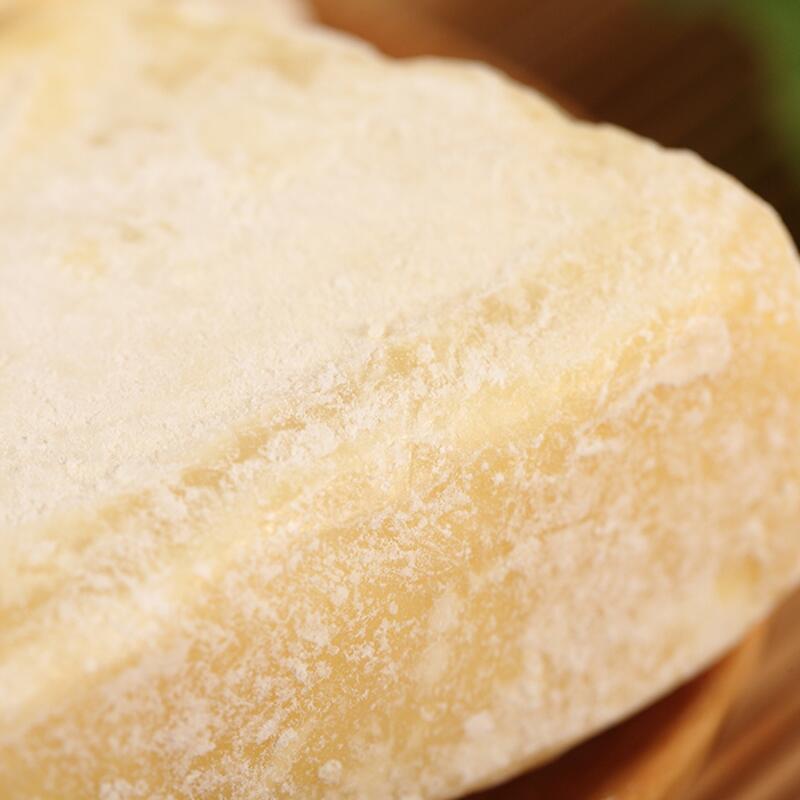-
Categories
-
Pharmaceutical Intermediates
-
Active Pharmaceutical Ingredients
-
Food Additives
- Industrial Coatings
- Agrochemicals
- Dyes and Pigments
- Surfactant
- Flavors and Fragrances
- Chemical Reagents
- Catalyst and Auxiliary
- Natural Products
- Inorganic Chemistry
-
Organic Chemistry
-
Biochemical Engineering
- Analytical Chemistry
-
Cosmetic Ingredient
- Water Treatment Chemical
-
Pharmaceutical Intermediates
Promotion
ECHEMI Mall
Wholesale
Weekly Price
Exhibition
News
-
Trade Service
Editor in charge: Food Science
0
On June 9th, 2021, the team of Professor Li Bin from the School of Food Science of Shenyang Agricultural University published a titled "Effects of α-casein on the Absorption of Blueberry Anthocyanins" in the Journal of Agricultural and Food Chemistry (immediate IF: 4.
192).
and Metabolites in Rat Plasma Based on Pharmacokinetic Analysis", clarified that α-casein can increase the content of blueberry anthocyanins and their metabolites into the blood of rats, thereby increasing the bioavailability of blueberry anthocyanins
.
The team leader, Professor Li Bin, is the corresponding author of this article, and team member Dr.
Yuxi Lang is the first author of the article.
As a natural small molecule functional nutrient, blueberry anthocyanins have a variety of physiological effects.
However, due to their poor stability and low bioavailability, the application value of anthocyanins is restricted.
Only by increasing the bioavailability of anthocyanins can the bioavailability of anthocyanins be increased to a greater extent.
Realize its functional activity in the body
.
The combination of protein and anthocyanin has been proved to have a positive effect on the stability of anthocyanin
.
2.
Introduction
Research conclusion: After gavage of blueberry anthocyanin samples before and after compounding with α-casein, the three main blueberry anthocyanin monomers—D3G, C3G and M3G all reached their maximum blood concentration at 10-15 min.
The absorption of C3G into the blood is the best, and the absorption of M3G into the blood is poor
.
Six anthocyanin metabolites were identified in the blood, among which vanillic acid has the highest concentration in the blood
.
Blueberry anthocyanin is a natural biologically active small molecule, but its poor stability and low bioavailability seriously limit its functional value in the body
.
The team’s previous research found that α-casein can significantly protect the stability of blueberry anthocyanins during digestion and increase their retention in the intestine.
Therefore, this study uses a rat model combined with pharmacokinetic auxiliary analysis methods to explore α- The effect of casein on the absorption of blueberry anthocyanins into the blood in the body
.
About the Author
Corresponding Author
Li Bin, PhD, professor, doctoral supervisor, postdoctoral fellow at Cornell University (visiting scholar)
.
He is currently the head of the food science discipline of the School of Food Science of Shenyang Agricultural University, the deputy dean of the Institute of Science and Technology Development, the chairman of the Federation of Overseas Chinese, the director of the Liaoning Provincial Key Laboratory of Healthy Food Nutrition and Innovation, and the deputy director of the National Berry Processing Technology Research and Development Center
.
First author
Lang Yuxi
Lang Yuxi, female, is a 2017 PhD student in Food Science and Engineering at Shenyang Agricultural University and a member of the healthy food nutrition and creation team of the School of Food Science of Shenyang Agricultural University.
She is mainly engaged in the research of deep processing of fruits and vegetables and their natural molecular interactions
.







